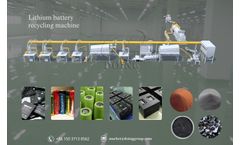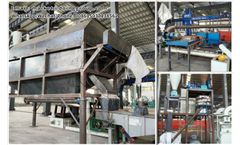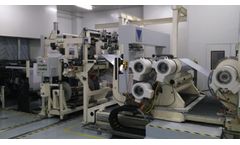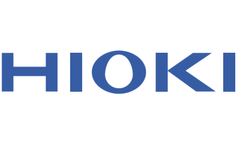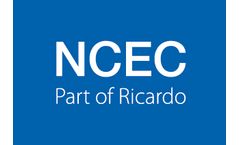Battery Separator Articles & Analysis: Older
7 articles found
Methods for realizing the resource utilization of waste lithium batteries Physical separation methods involve treating waste lithium batteries using mechanical or thermal techniques to separate valuable metals and other components. Mechanical recycling involves crushing the lithium batteries into smaller pieces, ...
The most important components in a secondary battery are electrode materials, separators, and electrolytes. The main function of the electrolyte is to conduct ions to ensure that the ions move between the anode and cathode at a certain rate during the charging and discharging process of the battery to form the entire electrical circuit to ...
It can effectively process various waste batteries, separate copper, aluminum, black powder and diaphragm, and achieve efficient recycling of valuable metals. Next, let's take a look at how the lithium battery recycling machine works. The working process of the lithium battery recycling machine: Step 1: soak the waste lithium ...
ESOPP leads the path for innovations in Lithium ION Battery Separator films Global warming due to mindless usage of fossil fuel carbon emission is already resulting catastrophic floods, forest fire, landslides and sea level increase in several parts of the world. Li-ion Battery operated vehicles offer the most efficient solution to slow down ...
Hioki sensors can be directly powered by the PQA without the need for batteries or separate AC adapters to streamline the work environment Use the PQ3100’s QuickSet wizard to easily and correctly wire, configure, and measureWide range sensors that measure accurately even at 1/100 of the rated current, letting you use a single clamp to cover from very low ...
The advantage here is that in addition to capturing data in real time, the pulse counter and gateway can be self-powered (by batteries) and installed in separate boxes, which helps if space is a constraint in your facility. ...
However, many Lithium Batteries are exempted from the regulations if certain listed conditions are met. The 2009 editions of RID/ADR/ADN and the ICAO technical instructions make significant changes to the regulations and exemptions regarding the transport of Lithium Batteries and Lithium Batteries contained in or packed with equipment. ...

